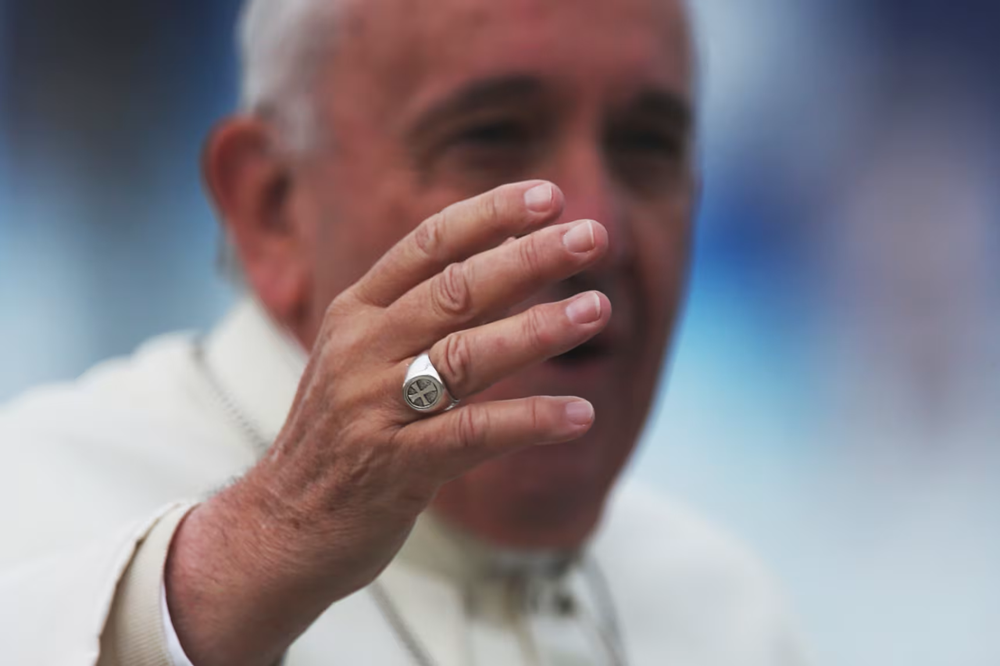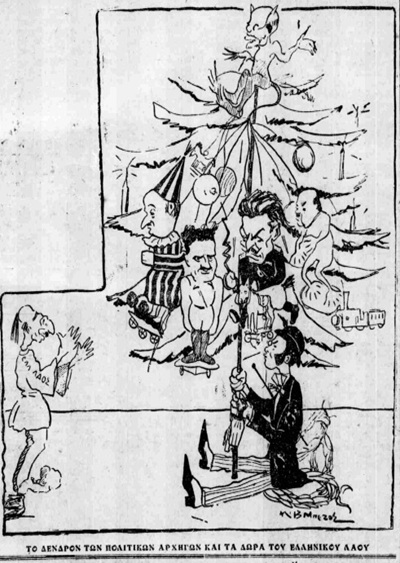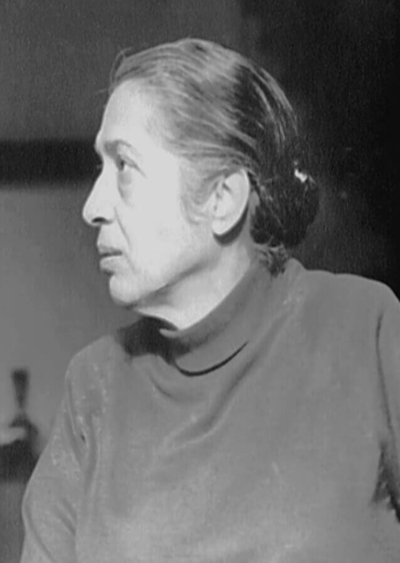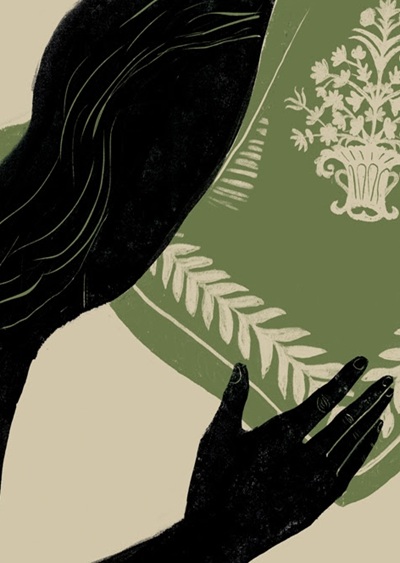
The actions that take place in the period between the death of the Pope and his succession are strictly defined by a protocol that has been in place for some 2000 years. Obviously most of the customs refer to earlier conditions. However, as is the case with institutions so powerful, with such a long history, the customs acquire an inviolable sanctity, even if of a symbolic nature.
The death of the Pope is confirmed by Camerlengo with the phrase “Vere, Franciscus mortuus est” (for Pope Francis). The room is sealed and guarded. These are the first of many duties for Camerlengo who takes over as head of the Catholic Church until the election of a new Pope.
Camerlengo removes the papal ring, known as the Fisherman’s Ring, from the late Pope, which is ritually destroyed when the cardinals gather to elect the new Pope. On the one hand, the destruction of the ring symbolizes the word of the Pope’s term of office, but in the past it would also have had more practical reasons, since there would have been a risk that it would have been in the possession of someone who wanted to appropriate the Pope’s identity and stamp false letters and documents.
The College of Cardinals that meets organizes the process of the popular pilgrimage and funeral of the Pope and elects the new Pope. These actions are governed by an extremely strict timetable which must be followed to the letter.
Regardless of where the Pope dies, his funeral will be held at St Peter’s Basilica in the Vatican where he will remain for three days guarded by the Swiss Guard. Of course, the ceremony will require a huge amount of organisation and mobilisation. Millions are expected to be the faithful who will want to attend and among them political leaders from all over the world.
The Pope’s body is transferred to the crypt to the left of the altar of St. Peter. “Breaking” protocol, the Pope requested to be buried in the Basilica of Santa Maria Maggiore outside the Vatican walls. His wish is not certain to be granted. After all, Pope John II also wanted to be buried in Poland, but the College did not approve his choice.
The new Pope should be elected 15-20 days after the death of the deceased. This fairly long interval was necessary in previous periods to allow time for cardinals from various parts of the world to travel to Rome. However, even today this time is useful since nowadays cardinals come from distant places that even today the long journey requires some preparation.
From 1878 the Conclave gathered in the Chapel of Capella Sistina to elect the new Pope. There are 120 cardinals who must be younger than 80 years old on the day of the vote. The word conclave comes from the Latin, “con clave” meaning “with a key”, and comes from Pope Gregory X’s decision in 1274 to remain under lock and key until the election of a new pope.
The cardinals vote until a 2/3 majority is reached. Now, they have the freedom to stay overnight in the Casa Santa Marta guesthouse inside the Vatican, which of course resembles a luxury hotel.
In modern times the election of the Pope is relatively short as anything else would indicate dissension within the conclave and a lack of trust. The final election is announced with the white smoke coming out of the chapel. This is the only permissible way to announce to the faithful that the election of the Pope has been completed.

Pope Francis was elected in 2013 to succeed Pope Benedict XVI. He was the first pope from Latin America and the first from the Jesuit order. He promoted the “openness” of the Catholic Church by blessing the relationship of homosexual couples, made actions to address the climate crisis a priority of the Holy See, opposed the death penalty for all crimes, spoke out against the rise of the far right, and exerted his influence to protect human rights.
As far as our country is concerned, Pope Francis promoted the return of three fragments from the Parthenon’s metopes, frieze and pediments, which were returned from the Vatican Museums to the Parthenon. The fragments attributed to their monument include the head of a bearded (helmeted) man belonging to Stone V of the northern Parthenon frieze, the head of a bearded man attributed to the southern metope 16 of the Cenacle and, finally, the head of a horse attributed to a Parthenon pediment. In her message of condolence, the Minister of Culture, Lina Mendoni, as well as the President, the Board of Directors and the Director General of the Acropolis Museum, Nikos Stambolidis, referred to the essential and symbolic gesture of returning the fragments.
Useful Articles
https://www.nbcnews.com/news/world/pope-francis-dead-what-happens-next-rcna128745







Leave A Comment